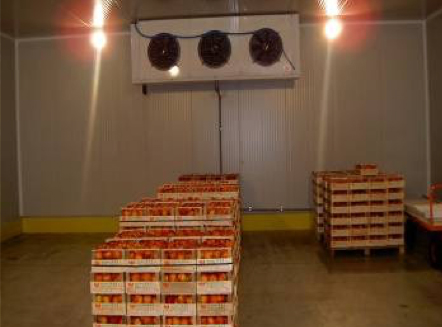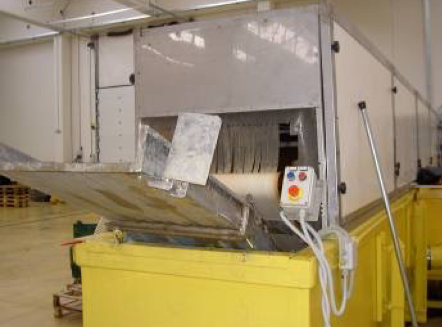Industrial
Solutions designed for industrial chain processes.
Our company can solve many issues related to production cycles, and, in particular, remove from food processing facilities dangerous pathogens (mold, bacteria, parasites, fungi, and viruses).
Our solutions use the ozone’s chemical/physical properties and can be integrated with systems routinely used and/or replace systems that are obsolete, if not, in some cases, even forbidden by current food regulations.
In the meat, cheese and cold cuts sectors, our systems are particularly suitable for the removal of superficial bacterial loads on products, work surfaces of conservation and curing cells, means of transport, CIP equipment, and air treatment (sterilization) in processing and packaging rooms.
Furthermore, constant ozone concentrations within curing rooms and storage cells greatly reduce the formation of unwanted molds and extend life and freshness of products.
The ozone is very useful for the treatment of process water (especially well water), as well as wastewater (increase of the efficiency of purifiers).
FOOD SAFETY
OZOSÌ studies, designs and manufactures innovative equipment and systems indispensable for the implementation of directives concerning hygiene and health issues related to the production/conservation of fruits and vegetables.
Our company can solve many issues related to production cycles, and, in particular, remove from food processing facilities dangerous pathogens (mold, bacteria, parasites, fungi, and viruses).
Our solutions use the ozone’s chemical/physical properties and can be integrated with systems routinely used and /or replace systems that are obsolete, if not, in some cases, even forbidden by current food regulations (for example, pesticides in organic foods).
In the fruits and vegetables sector, our systems are particularly suitable for the removal of superficial bacterial loads on products, work surfaces of cells and bins, means of transport and CIP wash equipment.
Furthermore, constant ozone concentrations within cold storage cells greatly increase the products’ shelf life and, thus, freshness.
In July 1997, ozone was evaluated by an independent panel of experts sponsored by the Electric Power Research Institute and, as a result, deemed “Generally Recognized As Safe” (GRAS) by the FDA (Food and Drug Administration), when used as disinfectant for food. This stamp of approval is particularly important worldwide, given the strict standards applied by the FDA on any matter that concerns the health of US residents.
Advantages
– Improved water quality; it oxidizes dissolved minerals (iron, manganese, hydrogen sulfide, etc.).
– Reduction of stains and imperfections on products.
– Product aesthetic improvement (gloss).

– Elimination / Reduction of surface molds.
– Extension of shelf-life of foods
– Improvement of product quality (surface imperfections).
– No residues on foods.
– Sanitization of cell surfaces.

– Reduction of water consumption (less water renewals).
– Elimination of surface bacterial loads (walls/equipment/products).

– Improvement and streamlining of HACCP systems (626/94).
– Safety for operators (reduced use of chemicals).
– Reduction of time and labor/product costs for disinfection of environments.
– Reduction of energy costs for the production of hot water and/or steam to sanitize surfaces (O3 is used with cold water);
– Reduction in water consumption;
– Total elimination of chemical residues from surfaces and in production and processing environments;
– Guaranteed inactivation of bacteria, molds and yeasts from surfaces and interior areas (such as ceilings) that are difficult to reach with other systems;
-Treatment of water in condensers and cooling towers.





